15 Resistance Band Workouts for Abs – Born Tough
Resistance bands are elastic bands that help to increase strength, flexibility, and range of motion. They come in different sizes and elasticities, allowing you to adjust the level of resistance based on your fitness level.
Resistance bands require effort to stretch during concentric (lifting) and eccentric (lowering) phases. They can help build strength and muscle mass by creating muscle tension. They can also assist with stretching, allowing you to increase your range of motion and improve flexibility. They can also be used for exercises that target specific muscle groups, such as hip flexors or hamstrings. Moreover, resistance bands can be used for various exercises, including squats, lunges, bicep curls, shoulder presses, and more. This variety can help keep your workouts interesting and challenging.
In addition, resistance bands require you to engage your core and other stabilizing muscles to maintain proper form and control. Improving balance and stability reduces the risk of injury during activities. Also, resistance bands are lightweight and portable, making them easy to carry on the go or store in small spaces at home, the gym, or while traveling. Let’s find out how resistance band workouts can help work your Abs.
1. All About Resistance Band Workouts for Abs
Resistance band workouts for abs can be a great addition to your fitness routine, as they are low-impact, versatile, and can be done at home or on the go. Make sure to choose the appropriate resistance band, engage your core, and focus on proper form to get the most out of your workout.
Moreover, resistance band workouts are a great way to target and strengthen your abdominal muscles. Here are some tips and exercises for an effective resistance band workout for abs:
Choose the Right Resistance Band
Resistance bands come with different levels of elasticity, so choose one that is appropriate for your fitness level. If the band is too easy, you won’t adequately work your muscle; if it’s too hard, you might injure yourself.
Warm-up:
Start with a warm-up to prepare your muscles for the workout. It can be a few minutes of light cardio, such as jumping jacks or dynamic stretching.
Engage your core:
Before starting the exercises, engage your core by pulling your belly button towards your spine and keeping your core muscles tight throughout the workout.
Cooldown:
After completing the workout, take a few minutes to cool down and stretch your muscles to prevent soreness and injury.
2. Key Benefits of Doing Resistance Band Workouts
Here are some of the key benefits of including resistance band workouts for abs:
Builds core strength:
Resistance band workouts engage your core muscles more effectively than traditional exercises as the bands create constant tension during movements. They can strengthen your core and improve your overall stability and balance.
Targets multiple muscles:
Resistance band workouts engage multiple muscle groups at once, which helps build overall strength and improve posture.
Variable resistance provides a challenge:
Resistance bands create variable resistance or resistance that increases the farther the band is stretched. Variable resistance provides a challenge by requiring you to work your muscles harder when going through the full range of motions.
Increases muscle activation:
By using resistance bands, you can increase the activation of your abdominal muscles and muscle fibers during lifting and lowering, which can help tone your abs.
Reduces joint stress:
Unlike traditional gym equipment, resistance bands allow you to work your muscles without putting undue stress on your joints.
Helps improve flexibility:
Resistance band workouts can help improve your flexibility, reducing the risk of injury and improving your overall physical performance.
Provides variety:
Resistance bands are versatile tools that target different parts of the abs, including the obliques, lower abs, and upper abs.
Low-impact exercises:
Resistance band workouts are low-impact exercises that put less stress on your joints than traditional exercises such as sit-ups or crunches. They are ideal for individuals with joint pain or recovering from an injury.
Convenient and portable:
Resistance bands are lightweight and easy to store, making them perfect for workouts at home or on the go. You can easily fit and carry a resistance band in your gym bag or suitcase until you need them.
3. 15 Resistance Band Workouts for Abs
If you are going to make a resistant band workout plan then don’t forget to include the following exercises:
3.1. Standing oblique twist:
- Stand with your feet shoulder-width apart and hold the resistance band with both hands at chest level.
- Twist your torso to the right, pulling the resistance band with you.
- Repeat on the left side.
sets: 2-3
Repetition: 6-8
Rest: 0:30 sec (Or more according to RPE)
3.2. Russian twist
- Sit on the floor with your knees bent and feet flat on the ground.
- Hold the resistance band with both hands, extend your arms in front of you, and twist your torso to the right.
- Twist to the left to complete one rep.
Sets: 2-3
Repetition: 5 each side
Rest 0:30 sec (Or more according to RPE)
3.3. Bicycle crunches
- Lie on your back with the resistance band wrapped around the bottom of your feet.
- Lift your legs and bend your knees at a 90° angle.
- Place your hands behind your head and alternate touching the opposite elbows and knees while keeping your core engaged.
Sets: 2-3
Repetition: 6-8 (each side)
Rest: 0:30 sec (Or more according to RPE)
3.4. Seated leg pull-in
- Sit on the floor with your legs extended and wrap the resistance band around the arches of your feet.
- Hold the resistance band with both hands and pull your knees in towards your chest while keeping your back straight.
Sets: 3
Repetition: 10 (each side)
Rest: 0:30 sec (Or more according to RPE)
3.5. Plank with leg lifts
- Get into a plank position with the resistance band wrapped around your ankles.
- Lift one leg towards the ceiling, then return to the starting position.
- Repeat on the other side.
Sets: 2
Repetition: 6-8 (each leg)
Rest: 0:30 sec (Or more according to RPE)
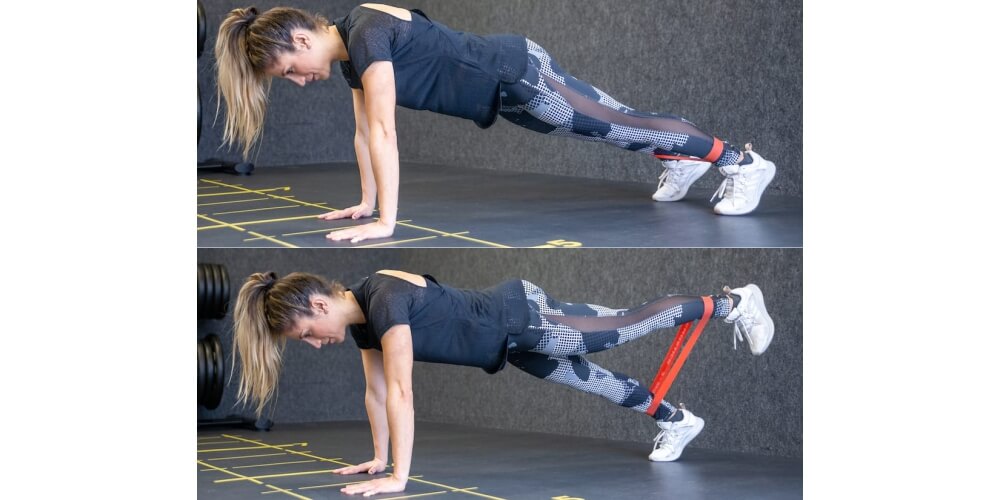
3.6. Resistance band flutter kicks
- Lie on your back with the resistance band wrapped around the arches of your feet.
- Lift your legs slightly off the ground and alternate kicking them up and down while keeping your core engaged.
Sets: 2-3
Repetition: 5 (each leg)
Rest: 0:30 sec (Or more according to RPE)
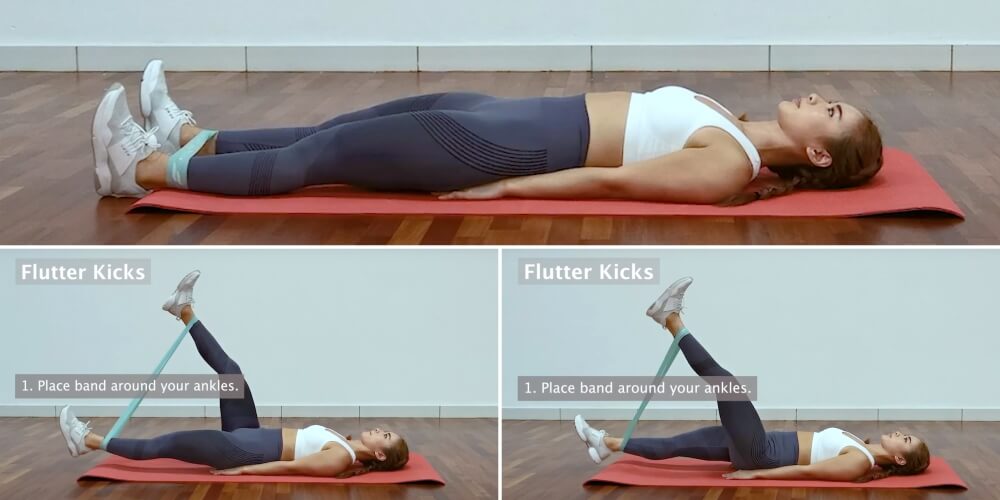
3.7. Resistance band side plank
- Get into a side plank position with the resistance band wrapped around your ankles.
- Lift your top leg towards the ceiling, then return to the starting position.
- Repeat on the other side.
Sets: 2
Repetition: 8 – 12 (each side)
Rest: 0:30 sec (Or more according to RPE)
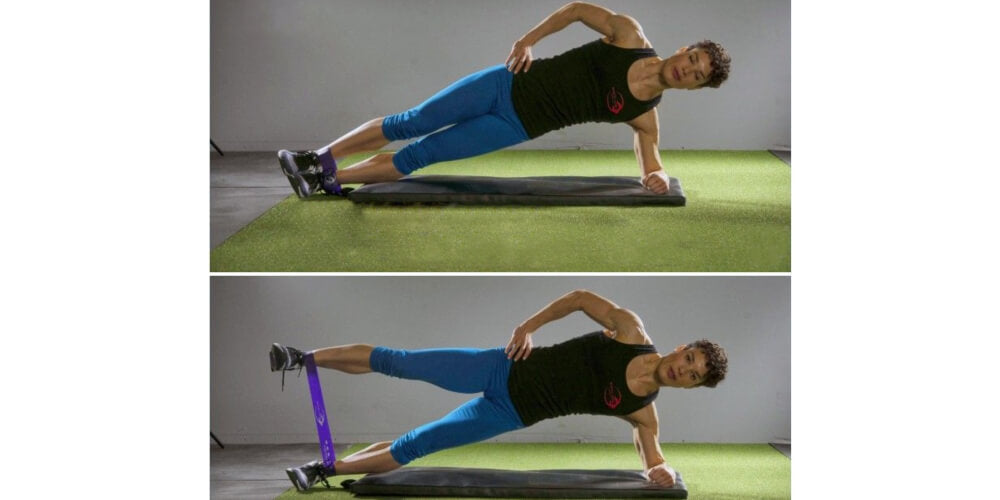
3.8. Resistance band mountain climber
- Get into a plank position with the resistance band wrapped around your ankles.
- Bring one knee towards your chest.
- Alternate legs quickly as if running in place while keeping your core engaged.
Sets: 3
Repetition: 12 – 15 (each side)
Rest: 0:30 sec (Or more according to RPE)
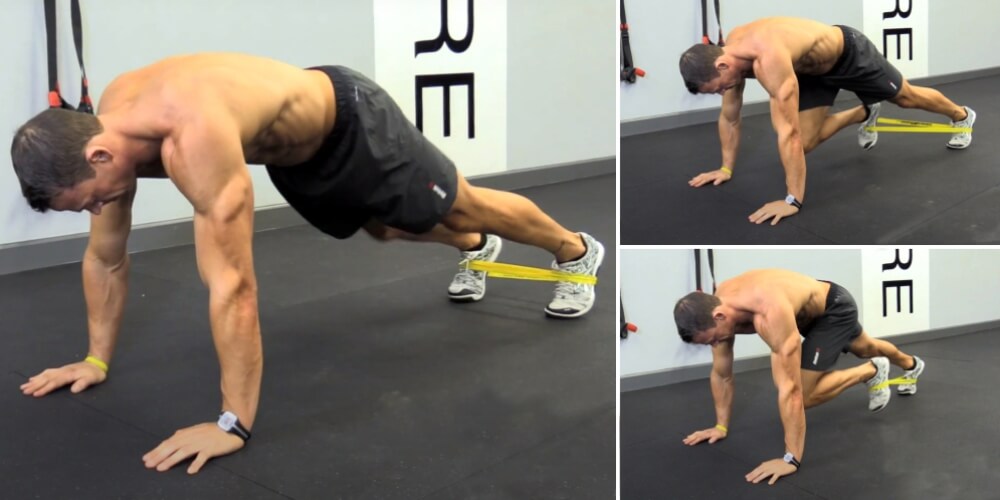
3.9. Resistance band leg raises
- Lie on your back with the resistance band wrapped around the arches of your feet.
- Hold the resistance band with both hands, lift your legs toward the ceiling, then slowly lower them back to the starting position.
Sets: 2 – 3
Repetition: 5 each side
Rest: 0:30 sec (Or more according to RPE)
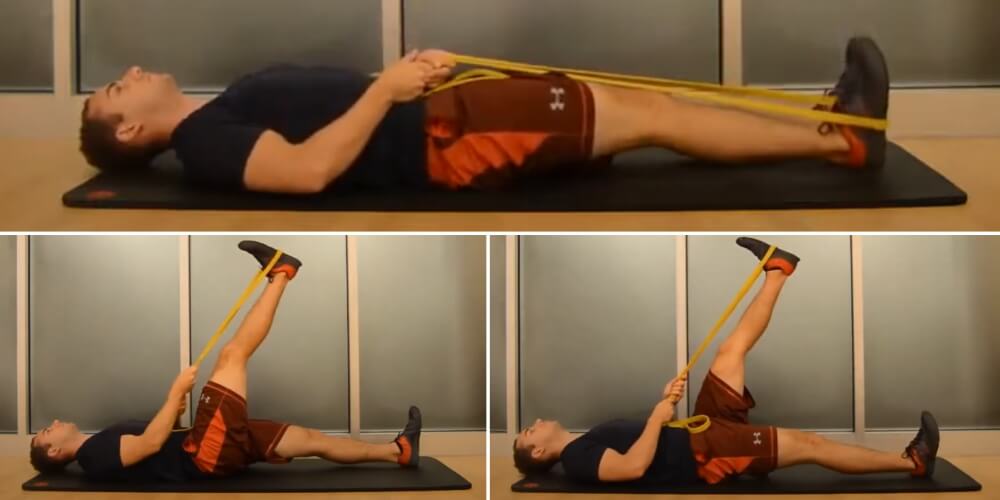
3.10. Standing side crunch
- Stand with your feet shoulder-width apart and hold the resistance band down with your feet.
- Hold the resistance band at the left while bending your torso to the right, then return to the starting position.
- Repeat on the left side.
Sets: 2 – 3
Repetition: 15 – 20 (each side)
Rest: 0:30 sec (Or more according to RPE)
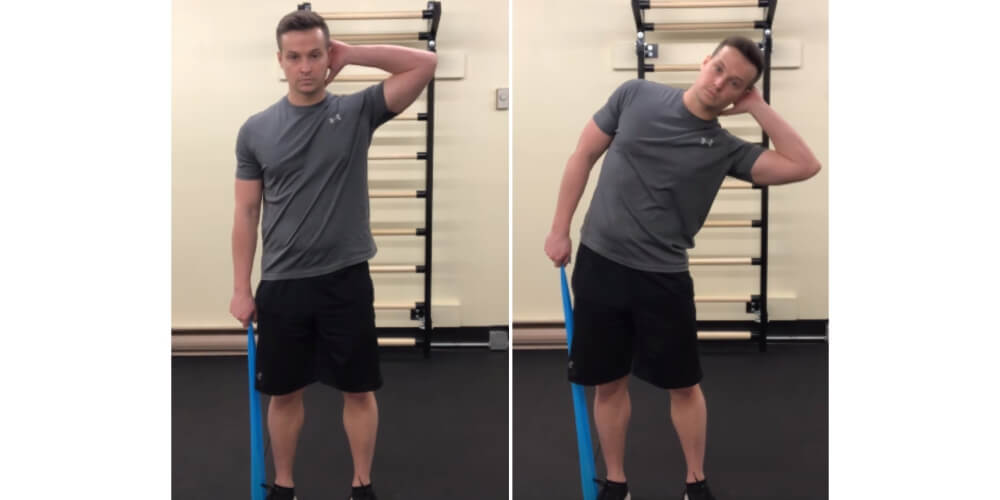
3.11. Standing leg pull
- Stand with your feet shoulder-width apart and wrap the resistance band around the arches of your feet.
- Hold the resistance band with both hands and pull your knees up towards your chest while keeping your back straight.
Sets: 2 – 3
Repetition: 15 – 20 (each leg)
Rest: 0:30 sec (Or more according to RPE)
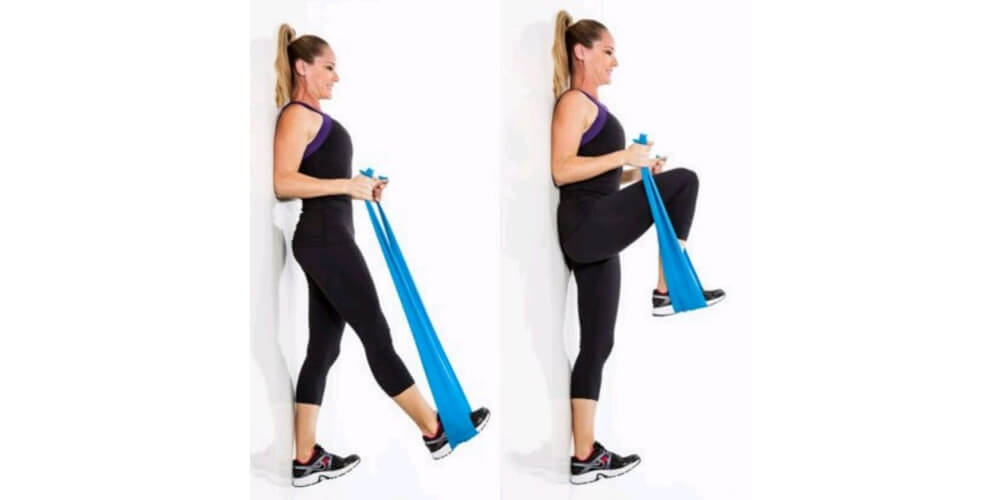
3.12. Kneeling crunch
- Kneel on the ground with the resistance band wrapped around the bottom of your feet.
- Hold the resistance band with both hands and pull it towards your chest while keeping your core engaged.
Sets: 2 – 3
Repetition: 10 – 15
Rest: 0:30 sec (Or more according to RPE)
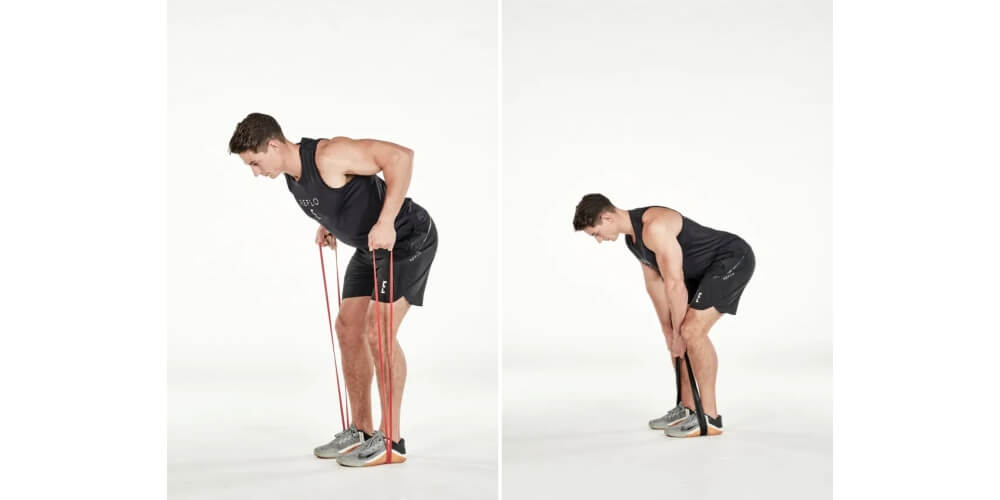
3.13. Resistance band side bends
- Stand with your feet shoulder-width apart and hold the resistance band with both hands above your head.
- Lean to the right, pulling the resistance band with you, then return to the starting position.
- Repeat on the left side.
Sets: 2
Repetition: 8 – 10
Rest: 0:30 sec (Or more according to RPE)
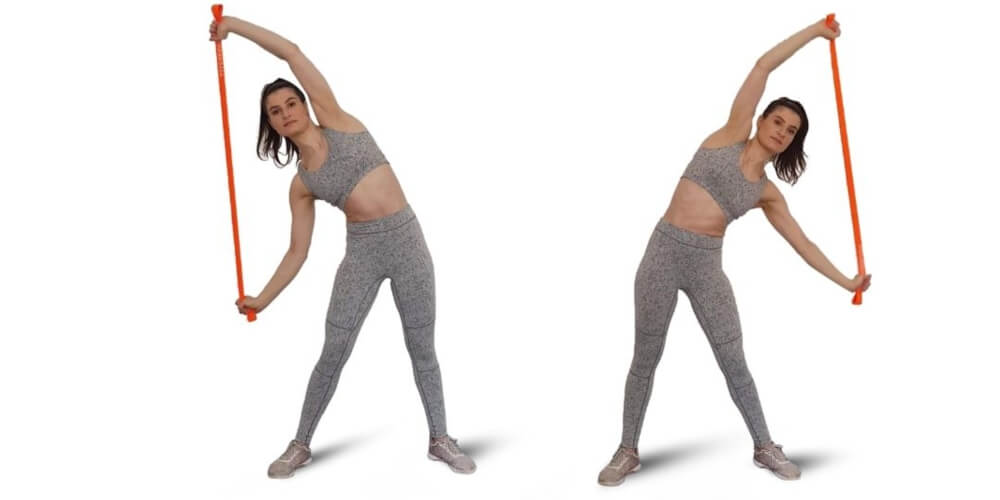
3.14. Resistance band sit-ups
- Lie on your back with the resistance band wrapped around the arches of your feet.
- Hold the resistance band with both hands and do a standard sit-up, pulling the band towards your feet as you sit up.
Sets: 2 – 3
Repetition: 5 – 10
Rest: 0:30 sec (Or more according to RPE)
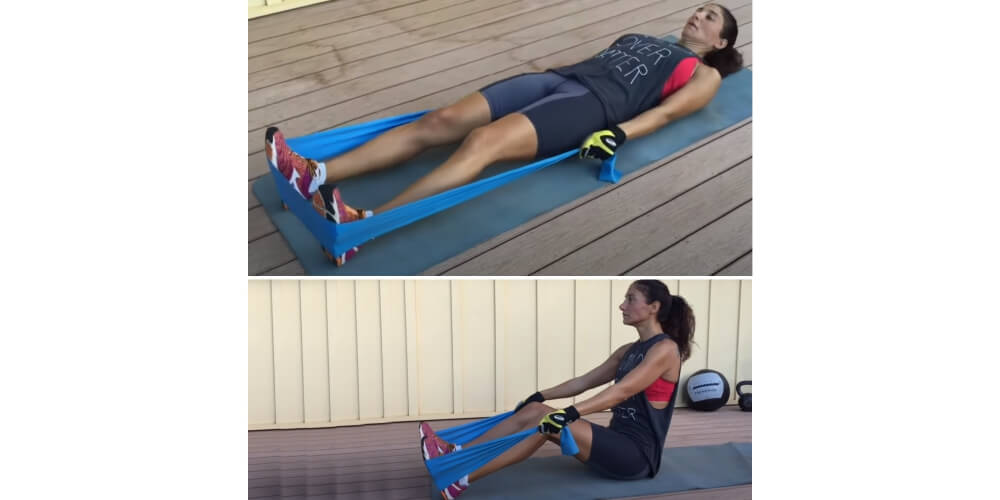
3.15. Resistance band reverse crunch
- Lie on your back with the resistance band wrapped around a secure point.
- Wrap the resistance band around your feet. Your feet will be in the air with your knees bent and your arms resting along the sides of your body.
- Bring knees in towards your chest as you lift your hips off the floor.
- Return to the starting position while maintaining tension in the resistance band.
- Crunch and release before, repeating.
Sets: 2 – 3
Repetition: 10 – 15
Rest: 0:30 sec (Or more according to RPE)
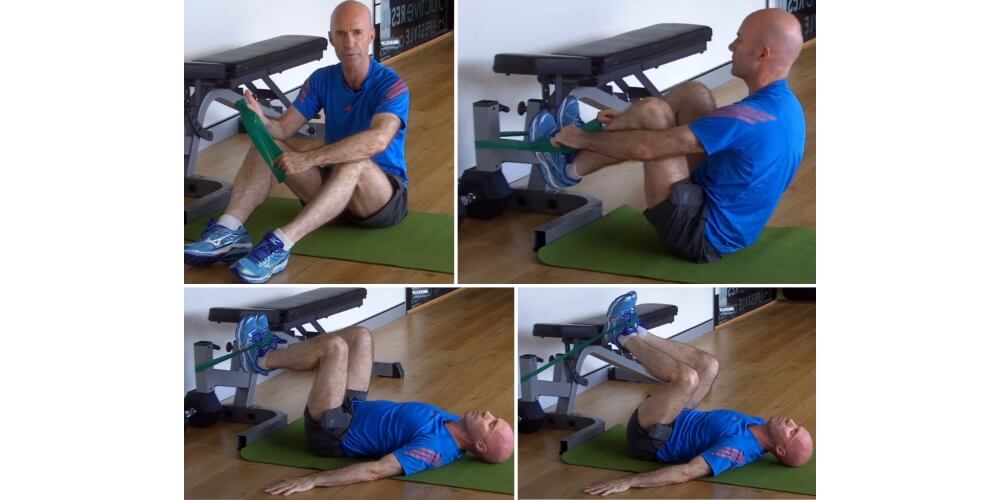
4. Limitations of All Resistance Band Workouts for Abs
While resistance band workouts for abs have numerous benefits, they also have their share of limitations:
Limited resistance: Resistance bands may provide less resistance than free weights or other gym equipment. It may make it challenging to progress and continue to challenge your muscles as you become stronger.
Limited exercise variety: While resistance bands can be used for various exercises, they may offer a limited list of exercises than traditional gym equipment. It can make it challenging to target a specific part of the abs or add variety to your workout routine.
Risk of injury: As with any exercise, there is a risk of injury with resistance band workouts. It is important to use proper form and choose a resistance band appropriate for your fitness level to reduce the risk of injury.
Less effective for building muscle mass: Resistance bands are generally better for toning muscles than building muscle mass. If your goal is to build stronger abs, you may need to incorporate other equipment or exercises.
Limited feedback: Unlike when using traditional weights, it is difficult to get feedback on how to use resistance bands. It can be challenging to track progress and ensure you are using the appropriate level of resistance.
To make up for the limitations of resistance band workouts for abs, consider incorporating other types of exercises or equipment into your routine.
5. FAQs
5.1. How to Reduce Belly Fat with Resistance Band Exercises?
Resistance band exercises can reduce belly fat combined with a healthy diet and regular exercise routine. You can also achieve your desired Abs shape after losing belly fat. Here are some resistance band exercises that can help you reduce belly fat:
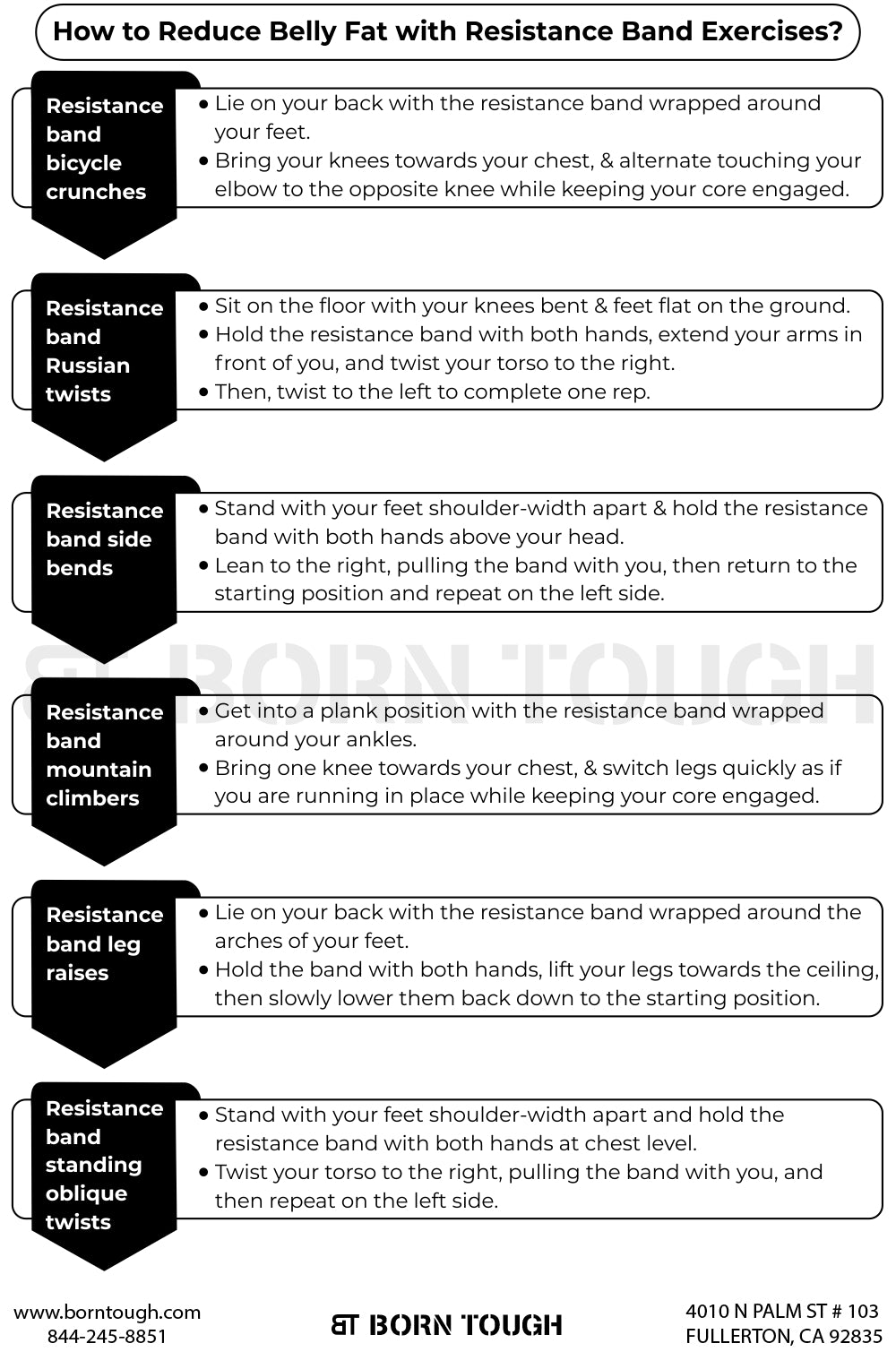
5.2. How are Resistance Bands Better Than Free Weights?
Resistance bands and free weights have their advantages and disadvantages. Here are some ways in which resistance bands are better than free weights:
Joint-Friendly: Resistance bands create variable resistance, allowing for a more natural range of motion and putting less stress on your joints.
Convenient and portable: Resistance bands are lightweight and easy to carry whether you exercise at home or on the go. They take up minimal space and can be stored in a bag or drawer.
Versatile: Resistance bands can be used for the upper body, lower body, and core exercises of varying difficulty and fitness.
Cost-effective: Resistance bands are more affordable than free weights, making them a cost-effective option for those who prefer exercising at home.
Can be used to supplement free-weight workouts: Resistance bands can supplement free-weight workouts that target and work specific muscle groups.
Safer: Unlike free weights, resistance bands are less likely to cause injury or damage to you or your surroundings. They are safe to use in small spaces and do not require a spotter.
However, free weights tend to be better for building muscle mass and increasing bone density. Ultimately, the choice between resistance bands and free weights will depend on your fitness goals, fitness level, and personal preferences. But incorporating both can make for a well-rounded workout routine.
6. Conclusion
Resistance bands can be a great tool to add resistance to your ab workouts. Above, you will get all the basics and the most important exercises to do.
You can do Abs exercises with a resistance band at your place (whether at home, the office, or the gym). Give time to your body, get the appropriate gear, and start your “I don’t do Easy” journey now!
-
Activewear, Daily Deals, Gifts, Leggings
3-Pack Seamless Push Up High Waisted Leggings
Original price was: $65.00.$56.88Current price is: $56.88.


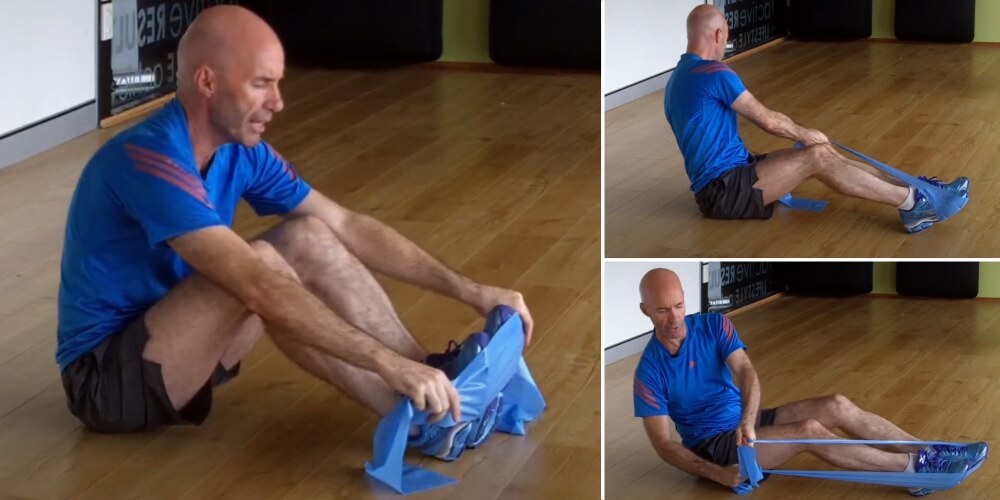

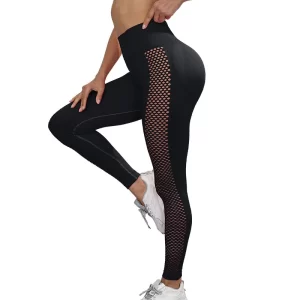








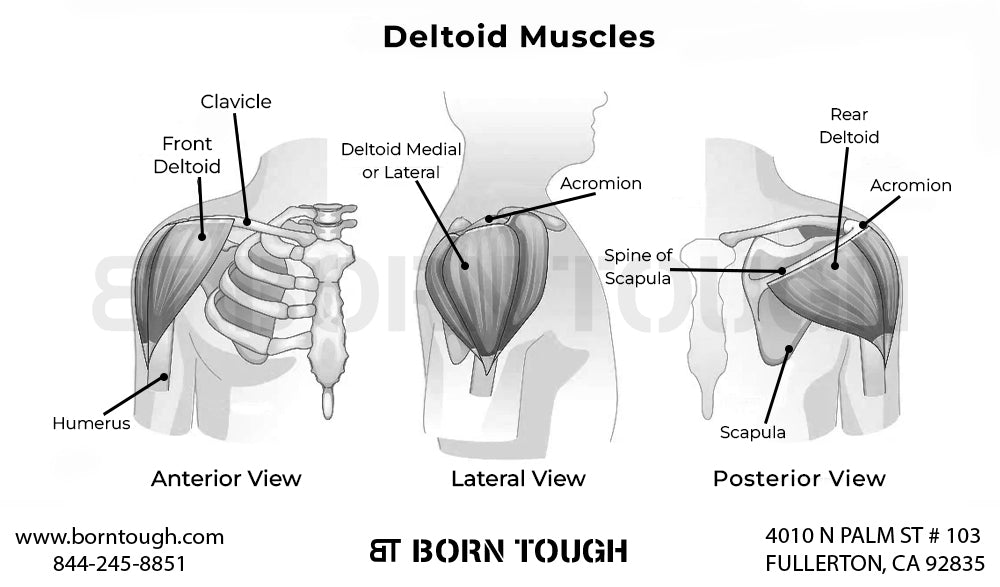
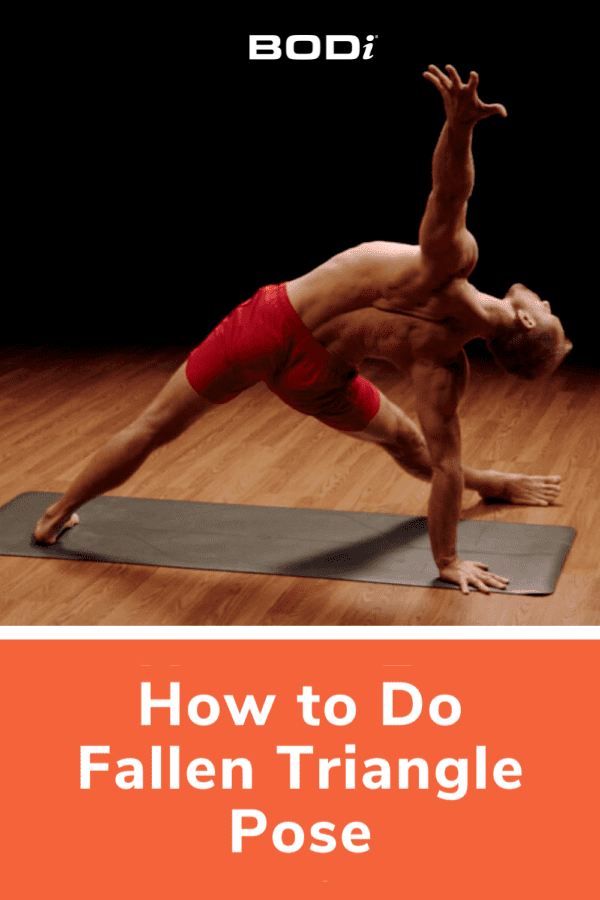
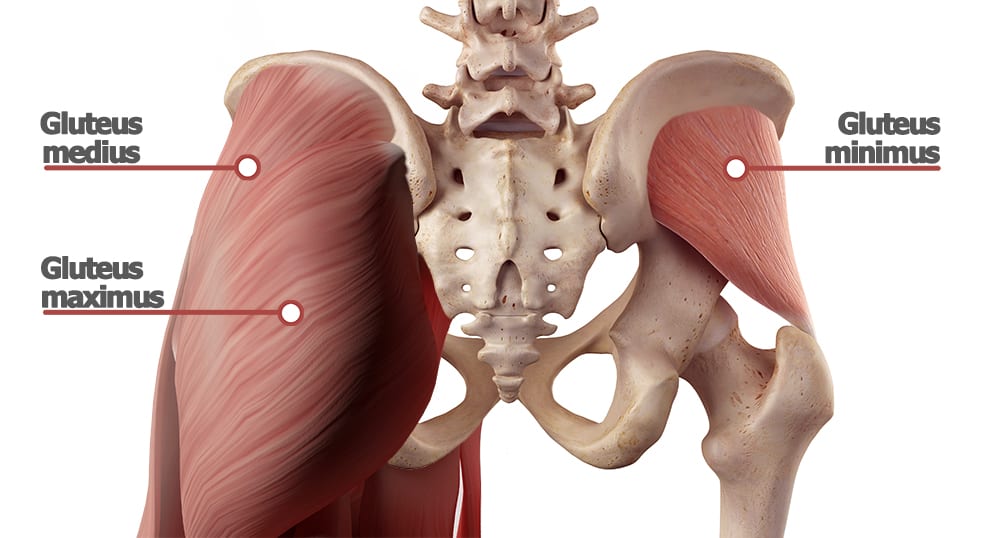

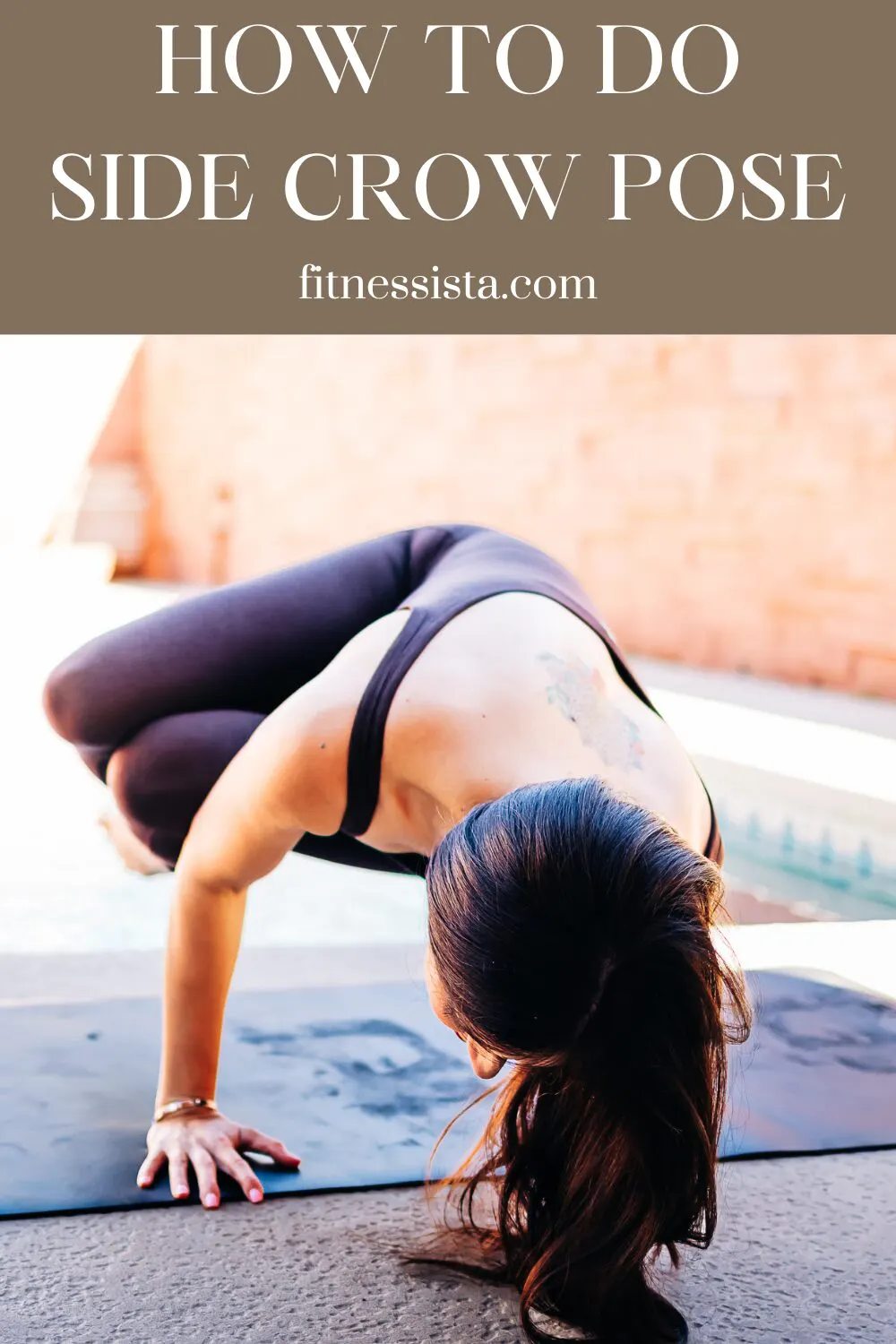
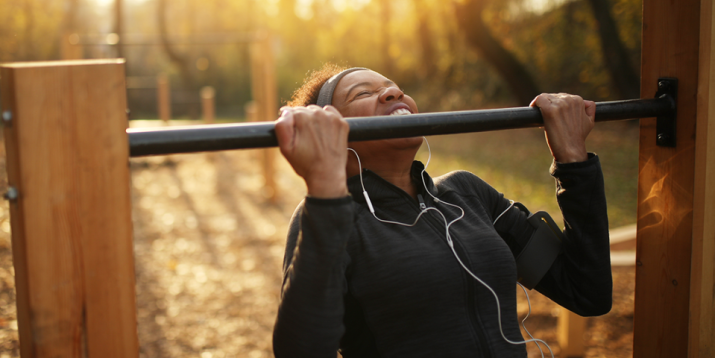



Leave a Reply